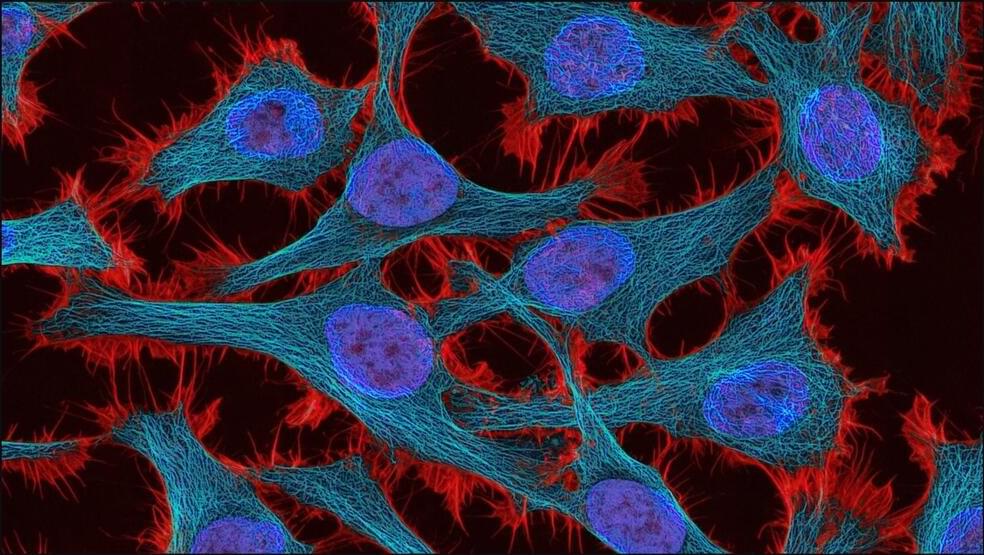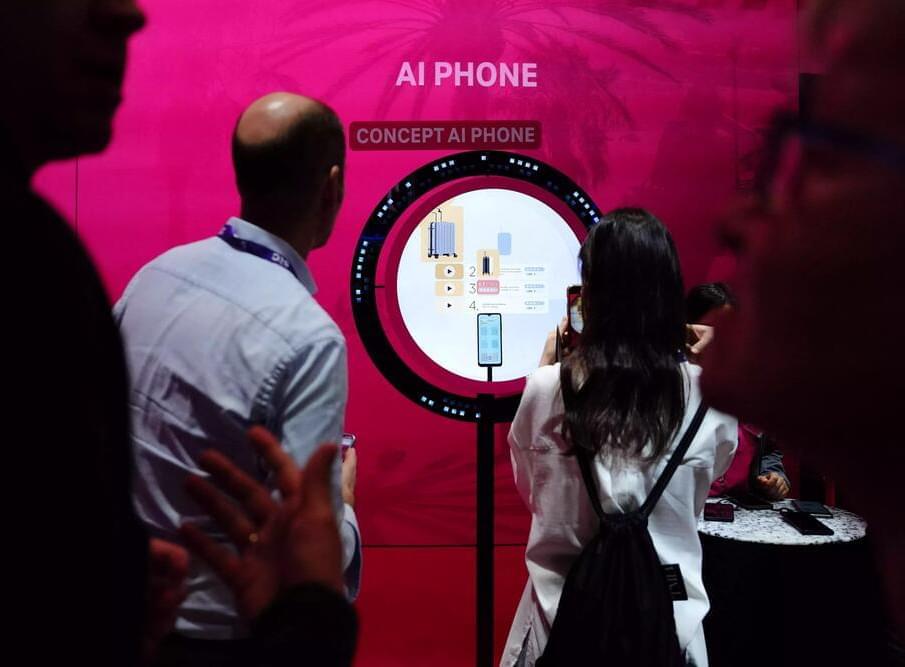In a new study, scientists have been able to leverage a machine learning algorithm to tackle one of the biggest challenges facing cancer researchers — predicting when cancer will resist chemotherapy.
But in what could be a game-changer, scientists at the University of California San Diego School of Medicine revealed today in a study that a high-tech machine learning tool might just figure out when cancer is going to give the cold shoulder to chemotherapy.
Teaming up against cancer
When cells divide, even the cancer ones, they rely on complex molecular machinery that helps them copy their DNA. Chemotherapy drugs usually put a stop to this DNA-copying mechanism, especially in fast-growing tumor cells.





